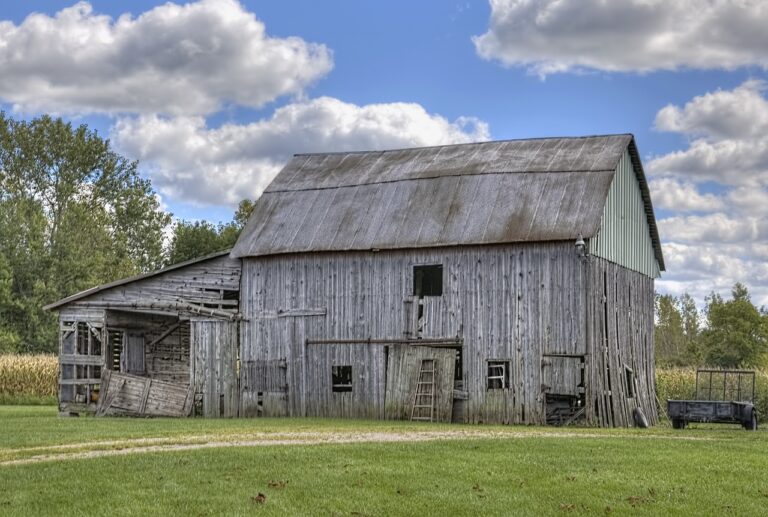Exploring Septic System Permeability
laser book, silverexch, 11xplay reddy login:Exploring Septic System Permeability
If you own a home with a septic system, you know how important it is to maintain and care for this crucial part of your property. One key aspect of septic system health is permeability the ability of the soil surrounding the system to absorb and filter wastewater effectively. In this article, we will explore the importance of septic system permeability, how to assess it, and what steps you can take to ensure your system is working efficiently.
Understanding Septic System Permeability
Septic systems rely on the soil surrounding them to absorb and treat the wastewater they produce. When a septic system is installed, the soil’s permeability is a crucial factor in determining how well the system will function. If the soil is too permeable, wastewater may not be adequately treated, leading to contamination of groundwater and surface water. On the other hand, if the soil is not permeable enough, the system may become overloaded, leading to backups and other issues.
Assessing Permeability
There are several ways to assess the permeability of the soil surrounding your septic system. One common method is to perform a percolation test, also known as a “perc test.” During a perc test, a hole is dug in the ground and filled with water to simulate the flow of wastewater from the septic system. The rate at which the water percolates, or moves through the soil, is then measured to determine the soil’s permeability.
Another method of assessing permeability is to look at the type of soil present. Different types of soil have different permeability levels for example, sandy soil is highly permeable, while clay soil is less so. A soil analysis can help determine the soil type and its permeability characteristics.
Ensuring Permeability
If you find that the soil surrounding your septic system is not adequately permeable, there are steps you can take to improve the situation. One option is to install a leach field, also known as a drain field, to help disperse the treated wastewater more effectively. A leach field consists of a series of perforated pipes buried in the ground, allowing the wastewater to seep out and be absorbed by the surrounding soil.
Another option is to add organic material, such as compost or peat moss, to the soil to improve its texture and permeability. This can help create a more hospitable environment for the beneficial bacteria that break down the waste in the septic system.
Regular maintenance of your septic system is also crucial for ensuring proper permeability. This includes regular pumping to remove solid waste buildup, as well as inspections to check for leaks or other issues that may impact the system’s function.
In Conclusion
Septic system permeability is a critical factor in the health and efficiency of your septic system. By understanding the importance of permeability, assessing the soil surrounding your system, and taking steps to ensure proper permeability, you can help protect your property and the environment. Regular maintenance and care of your septic system are essential for preserving its function and longevity.
FAQs
Q: How often should I have my septic system pumped?
A: It is recommended to have your septic system pumped every 3-5 years, depending on the size of your household and the usage of the system.
Q: Can I plant trees or shrubs near my septic system?
A: It is best to avoid planting trees or shrubs with deep roots near your septic system, as they can damage the pipes and disrupt the soil’s permeability.
Q: What should I do if I notice a foul odor coming from my septic system?
A: If you notice a foul odor or any other signs of a problem with your septic system, such as slow drains or backups, contact a professional septic system service provider right away to assess the issue and make any necessary repairs.







